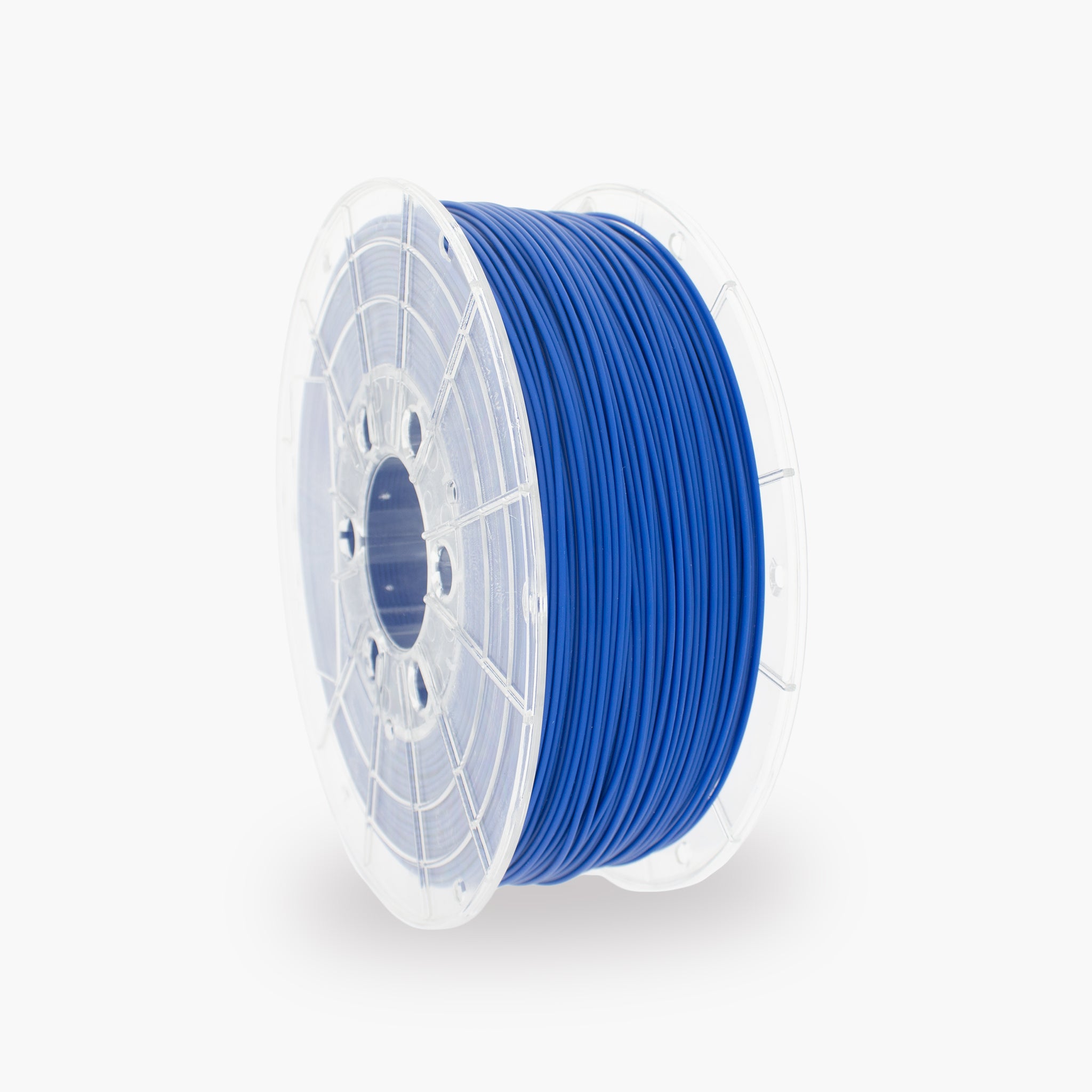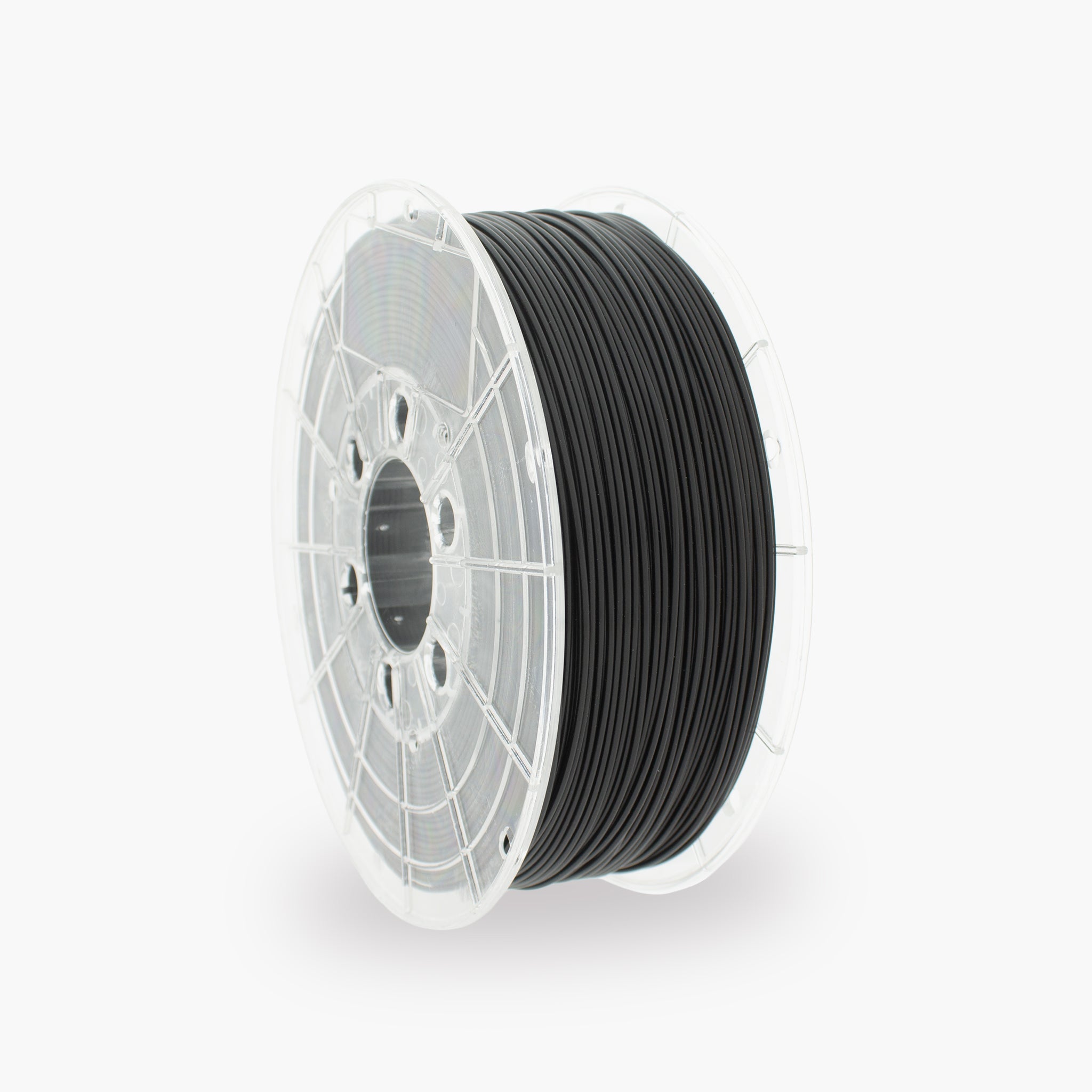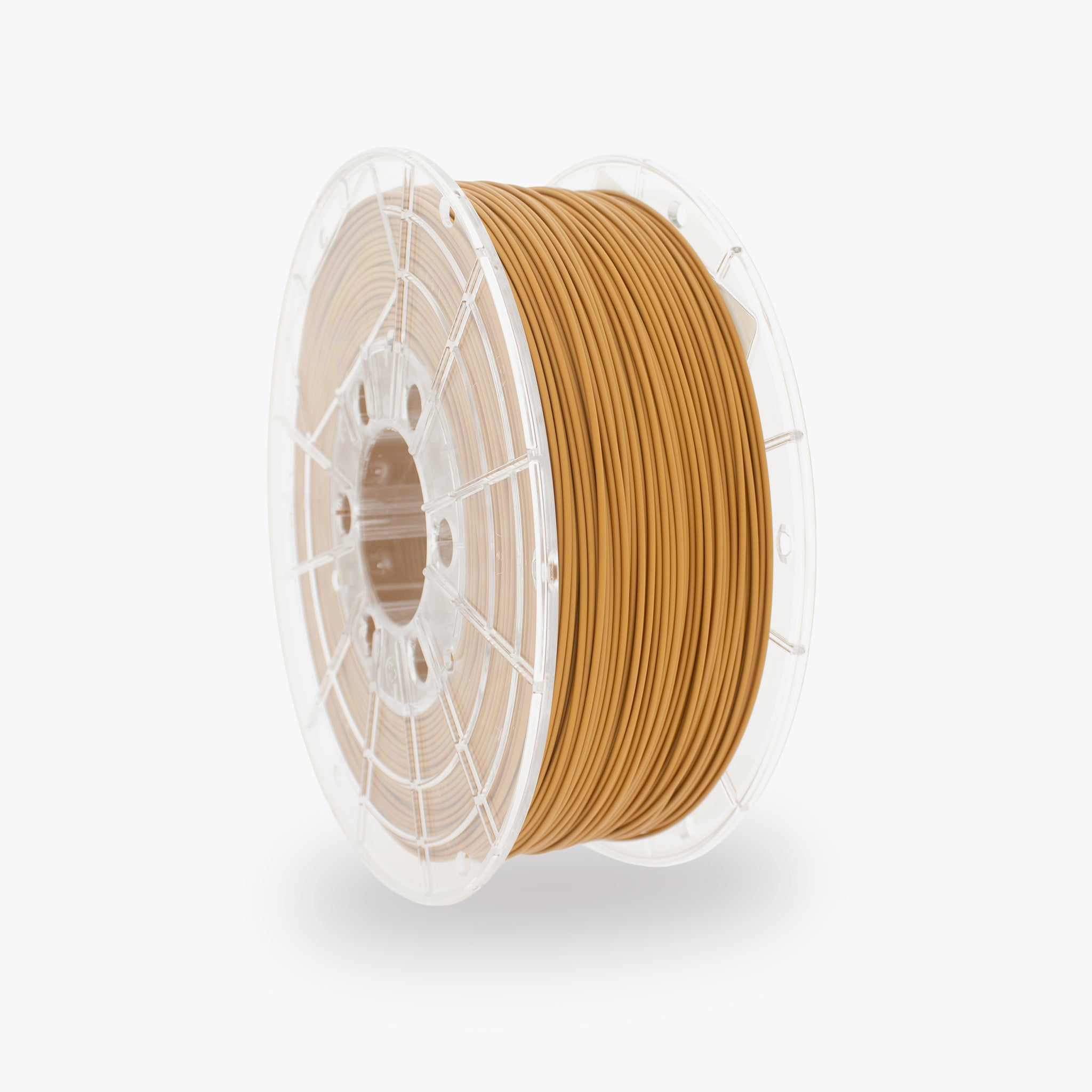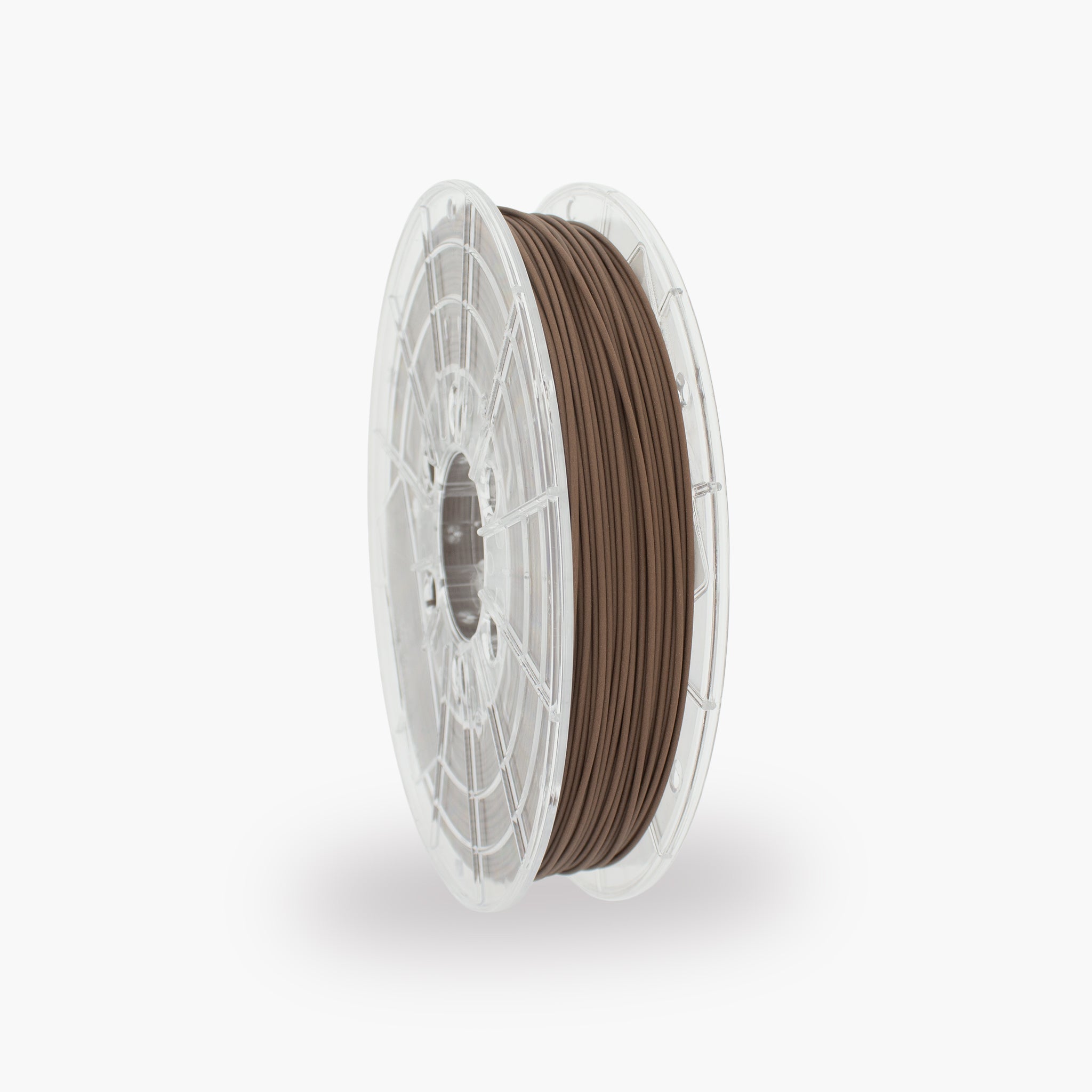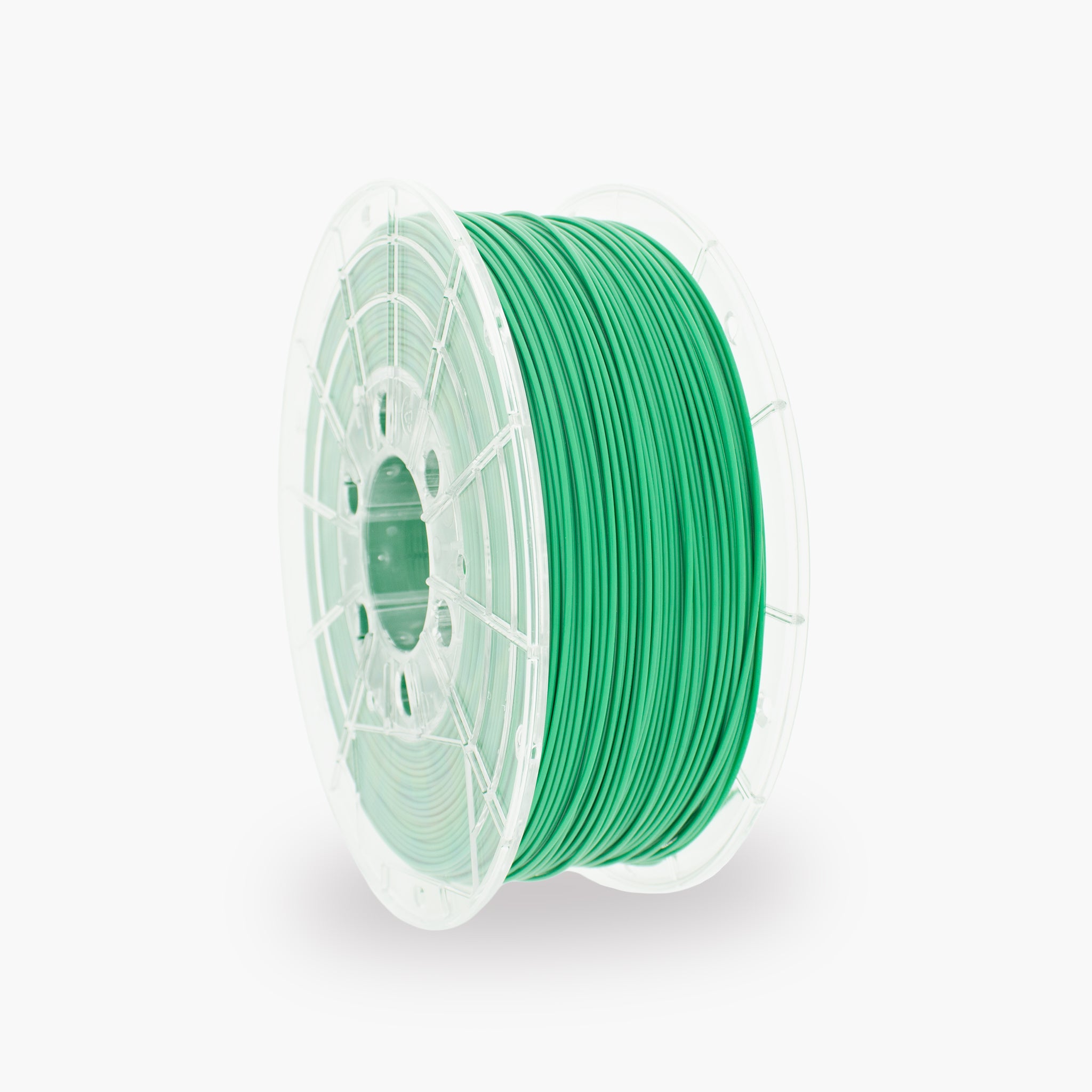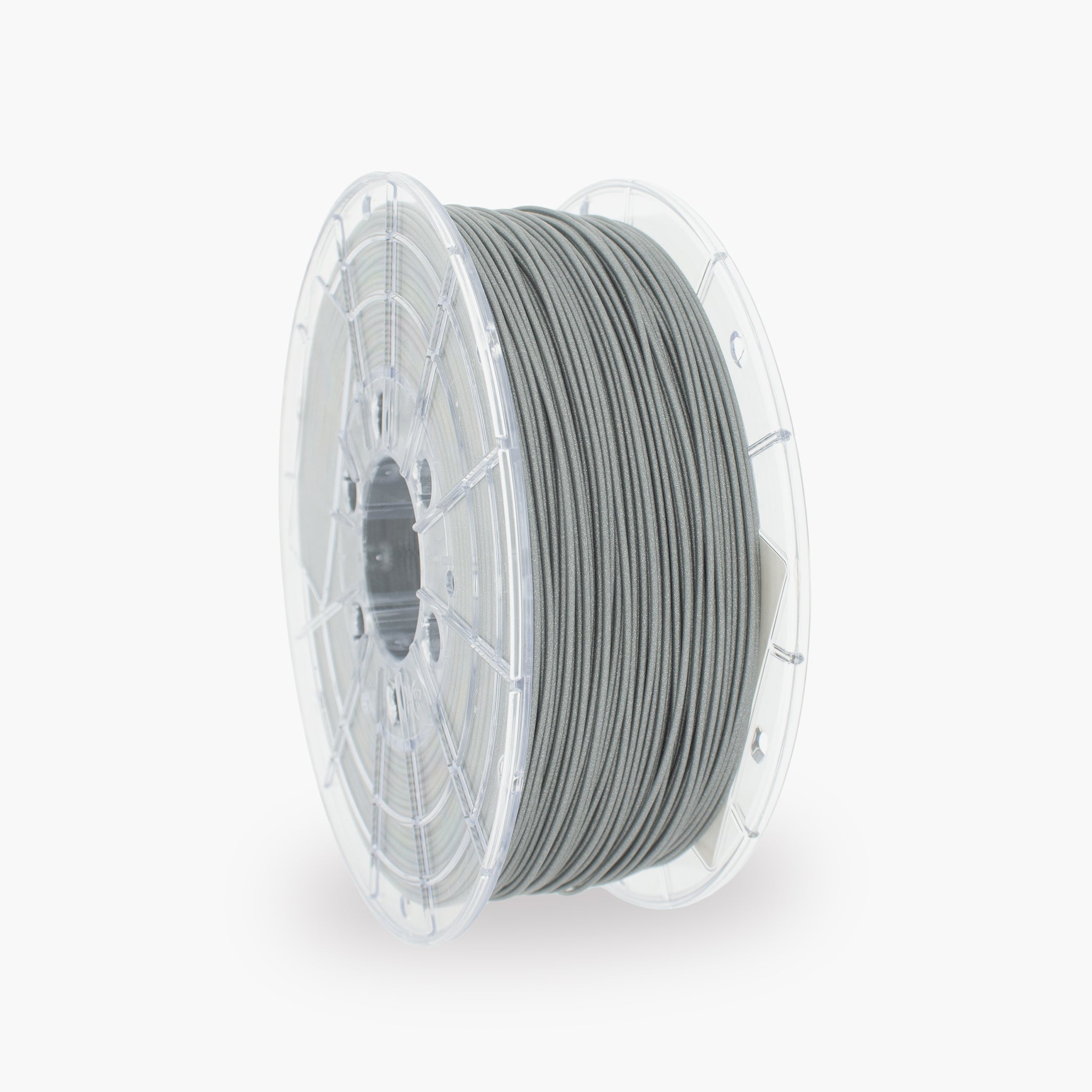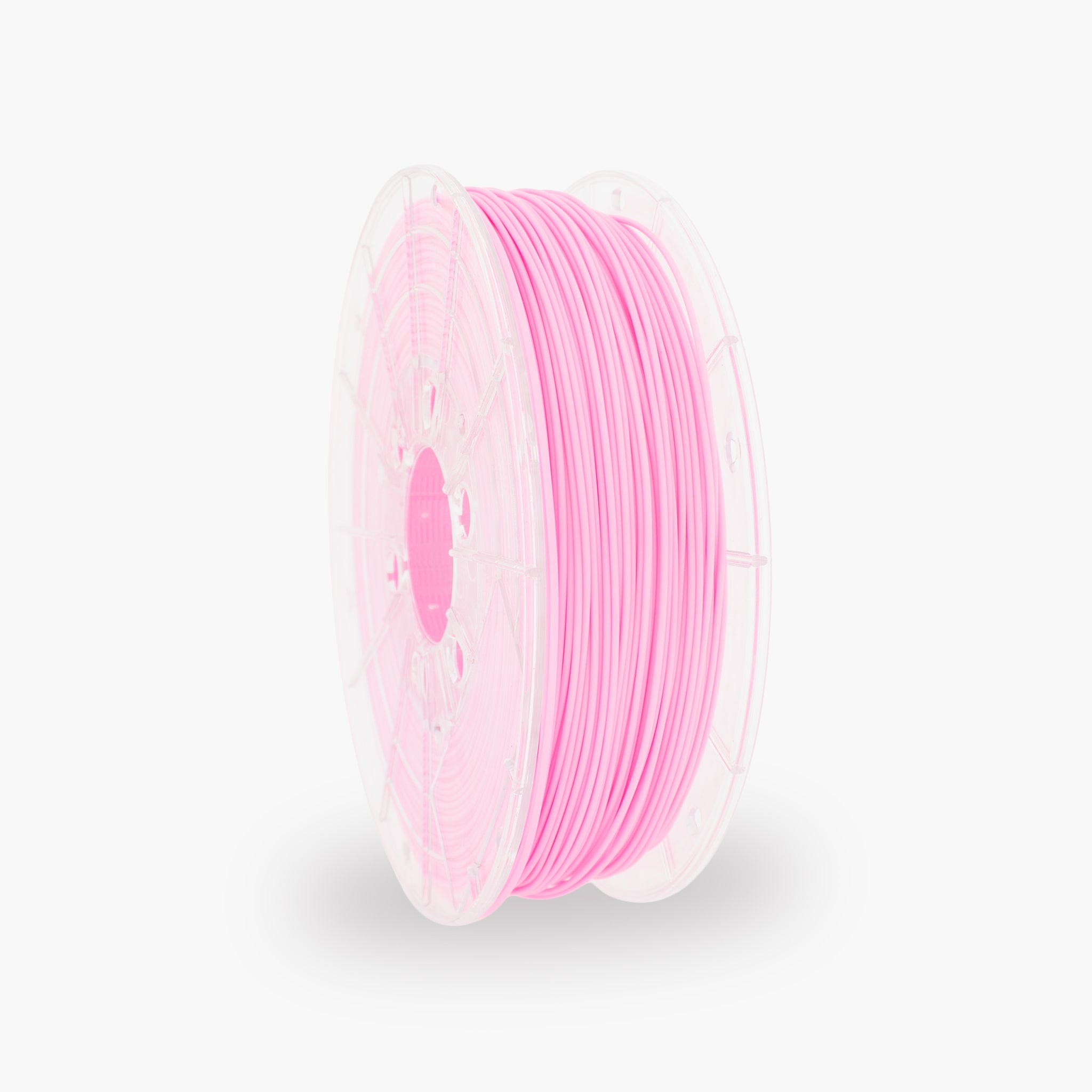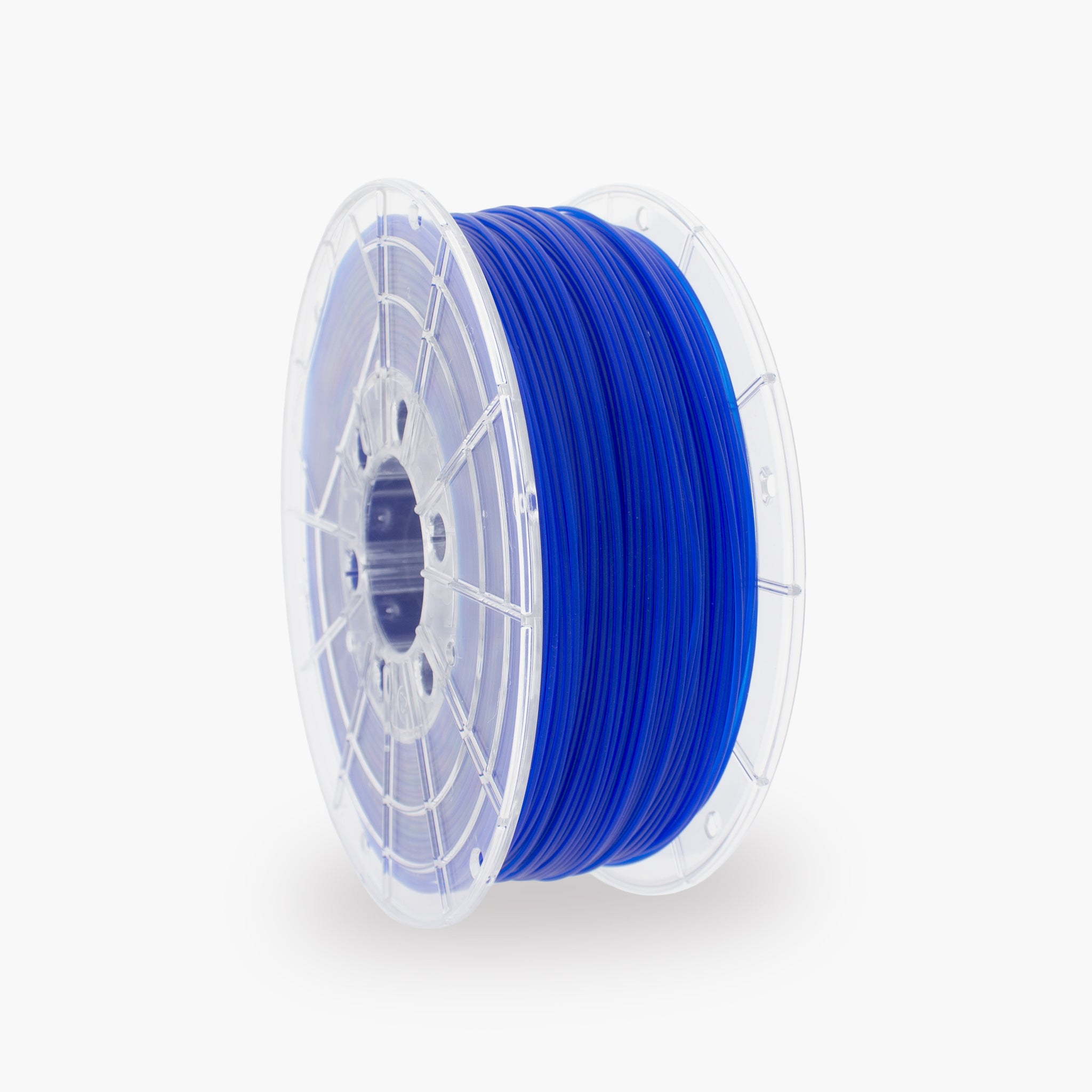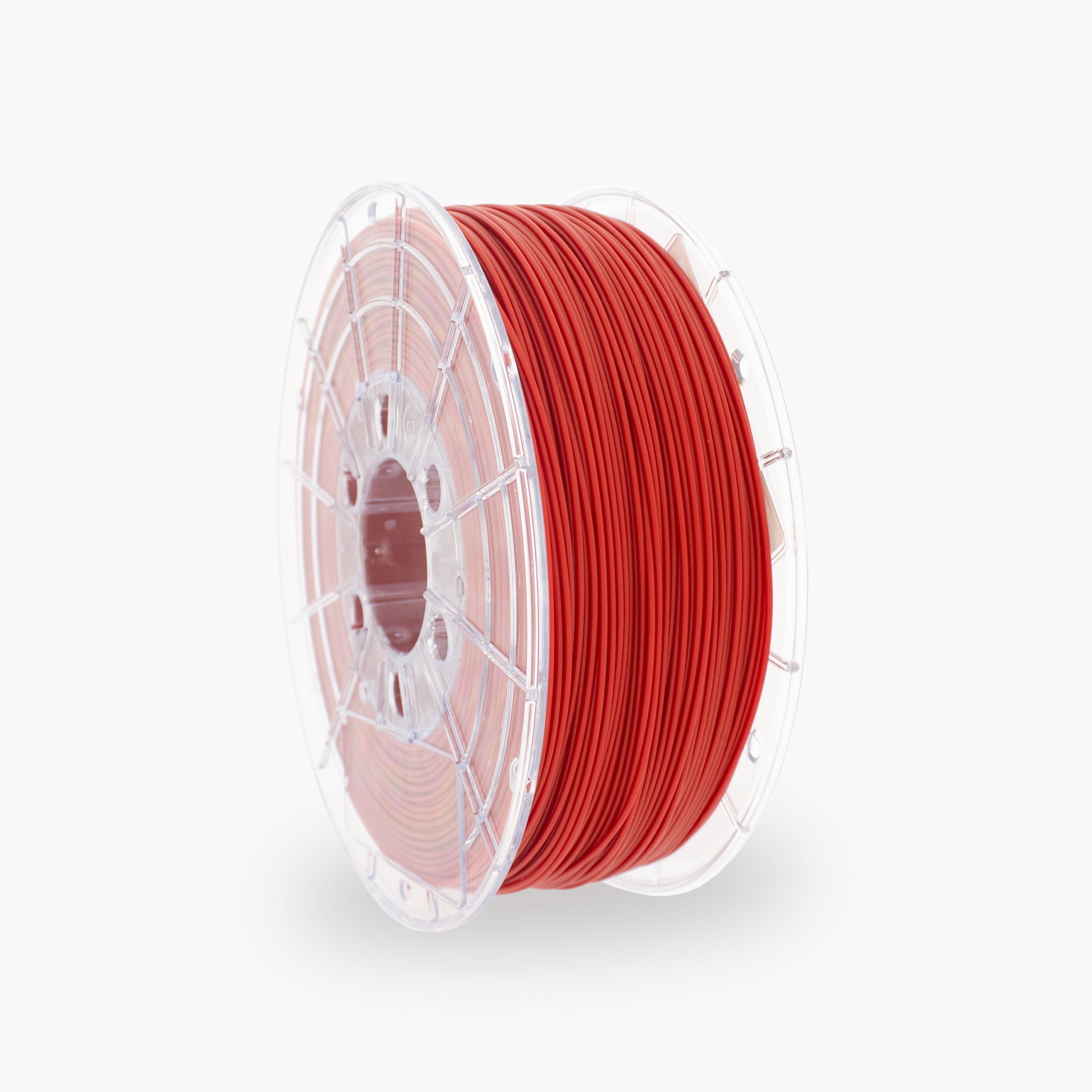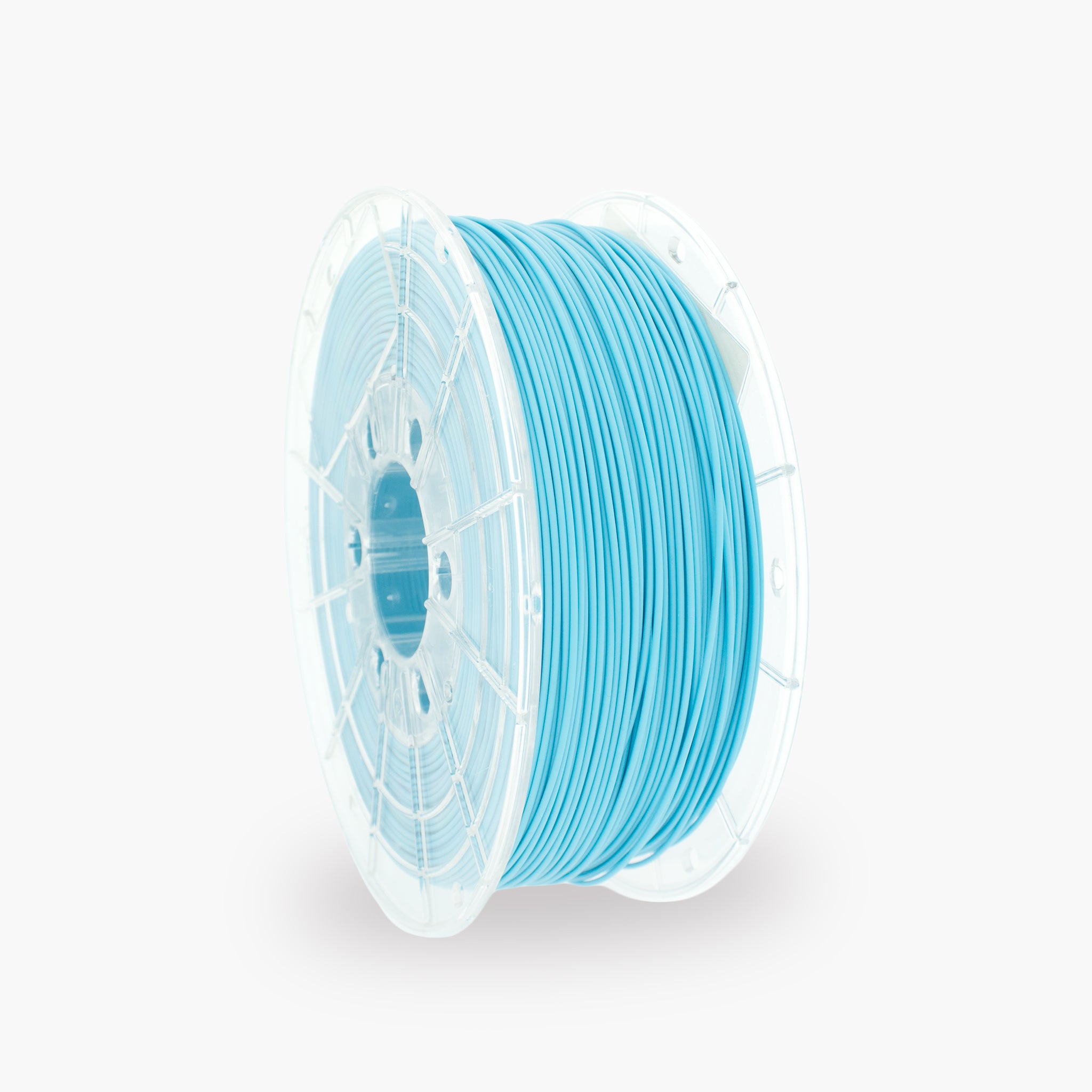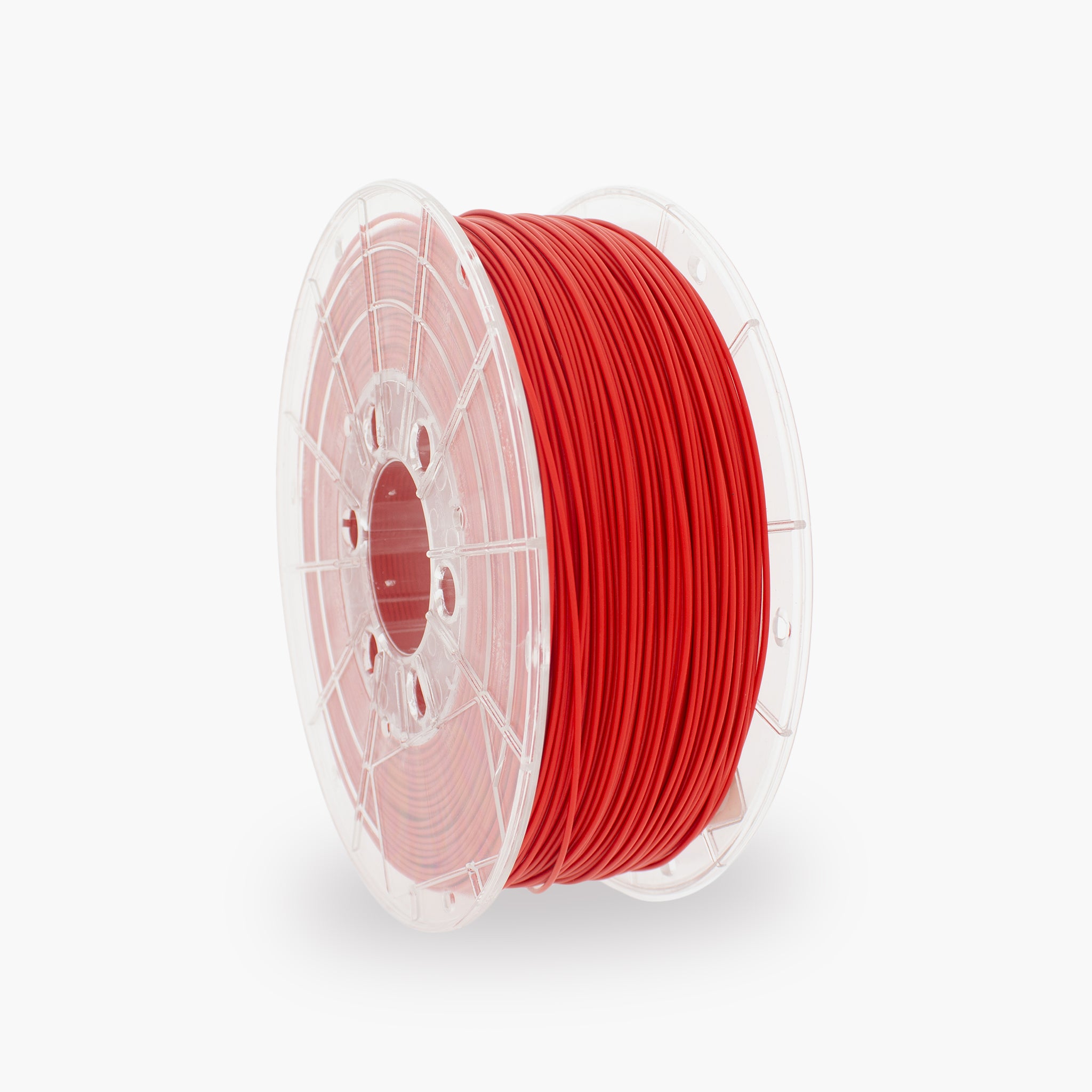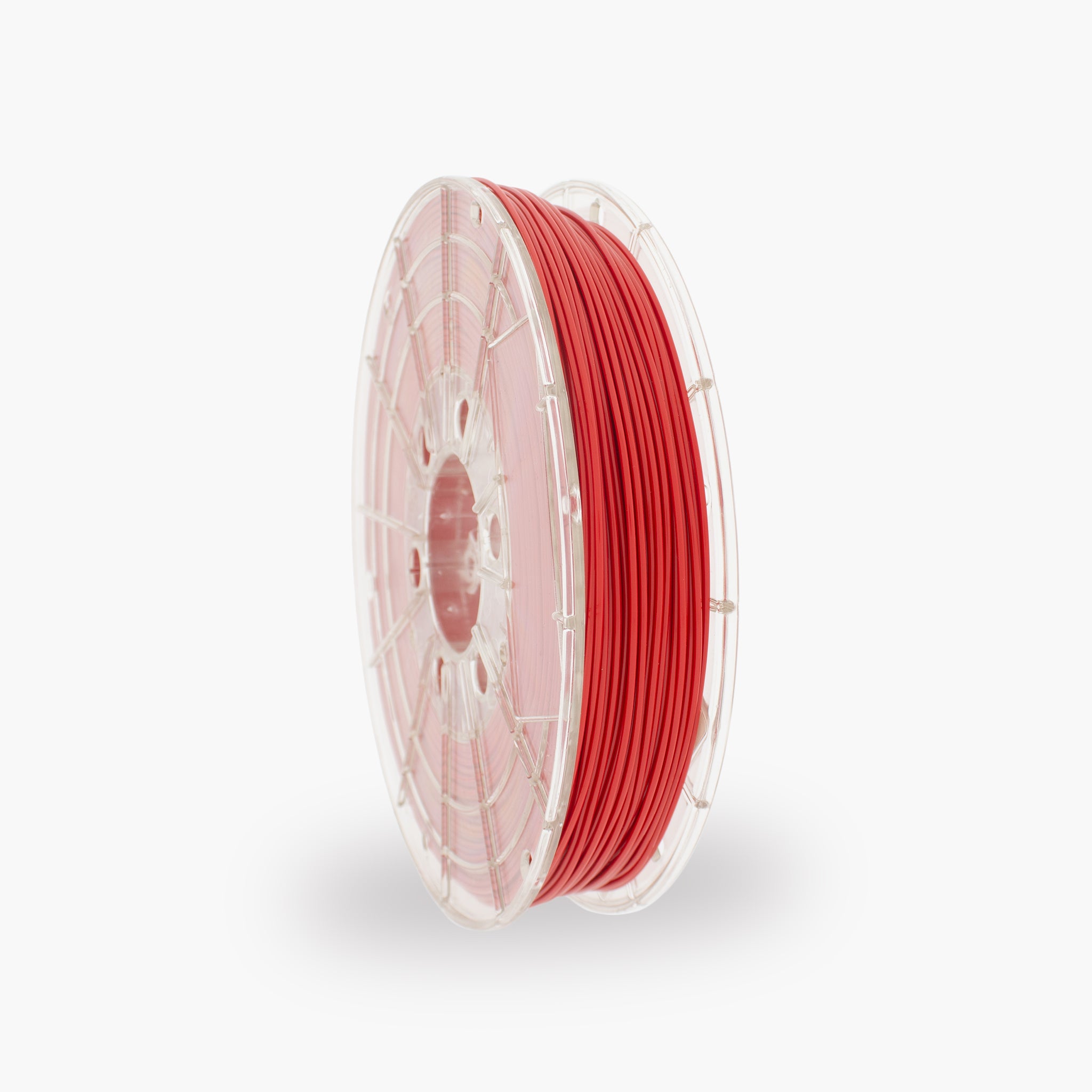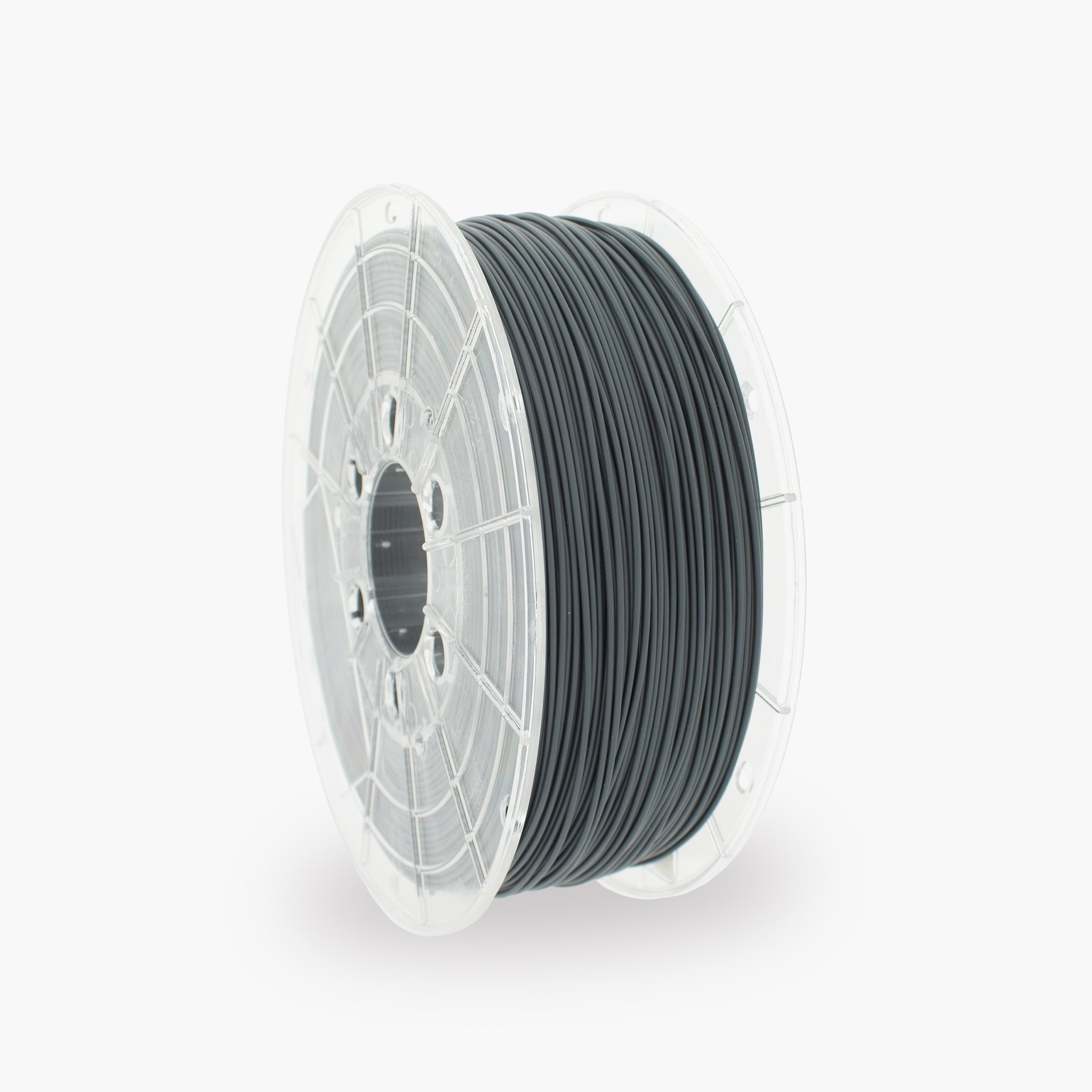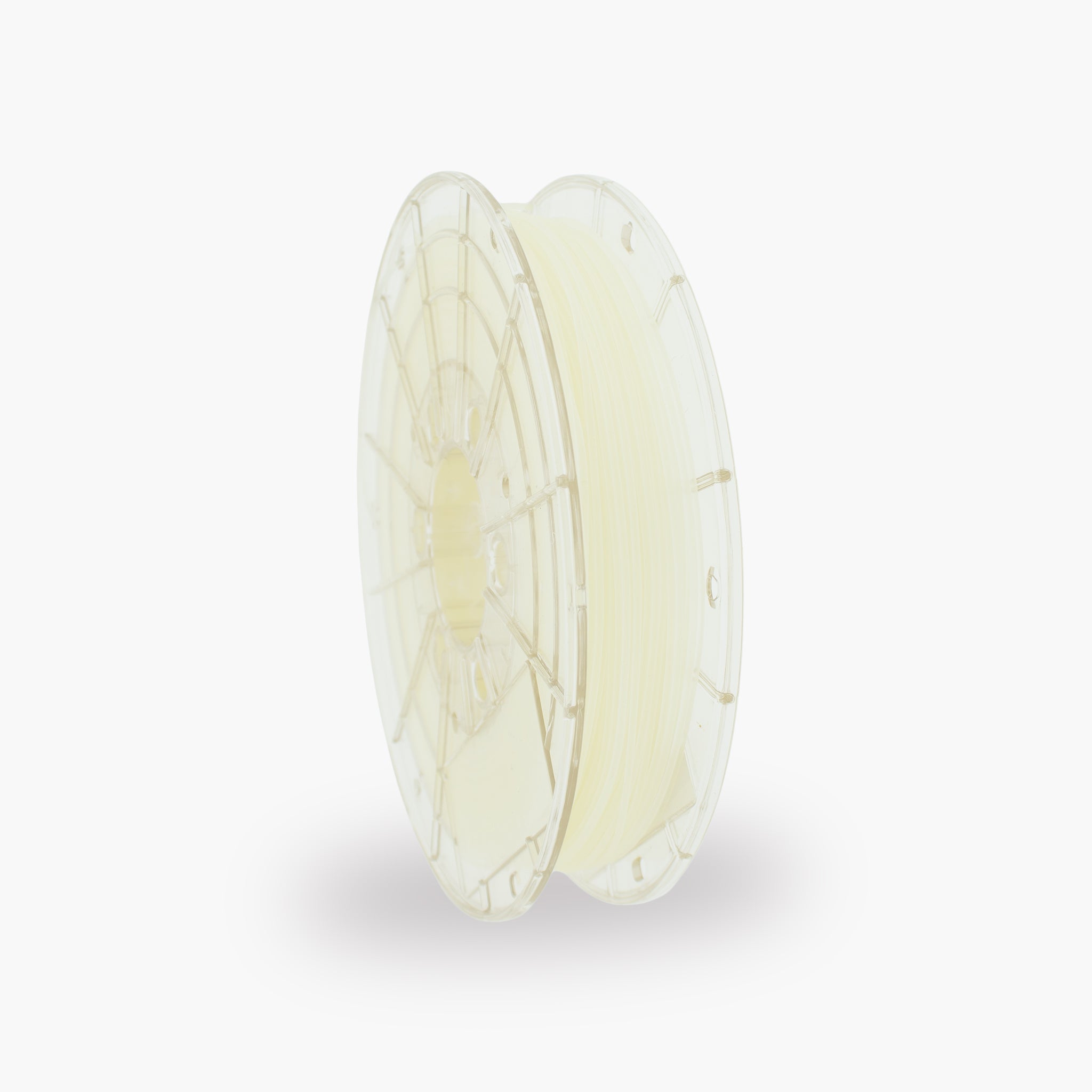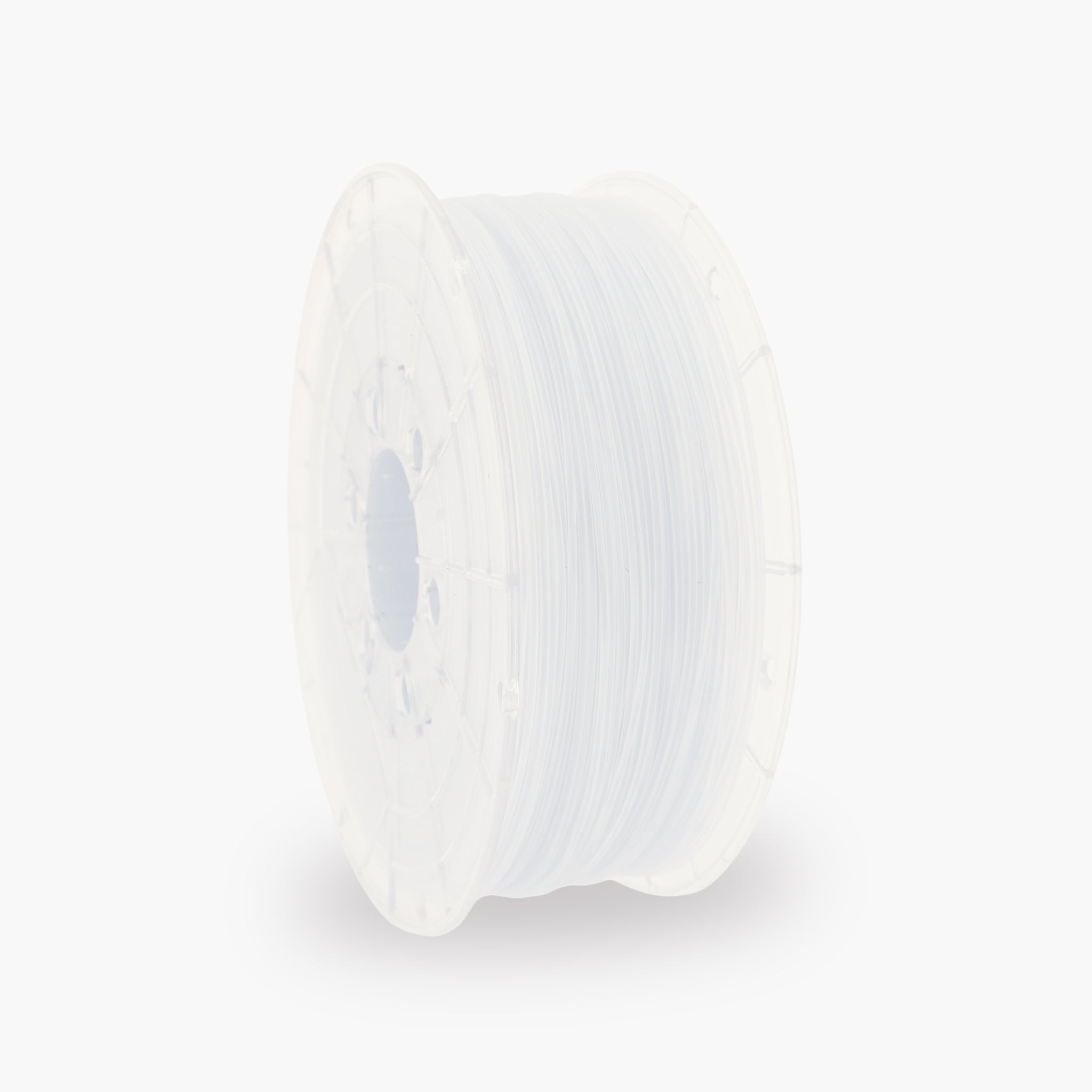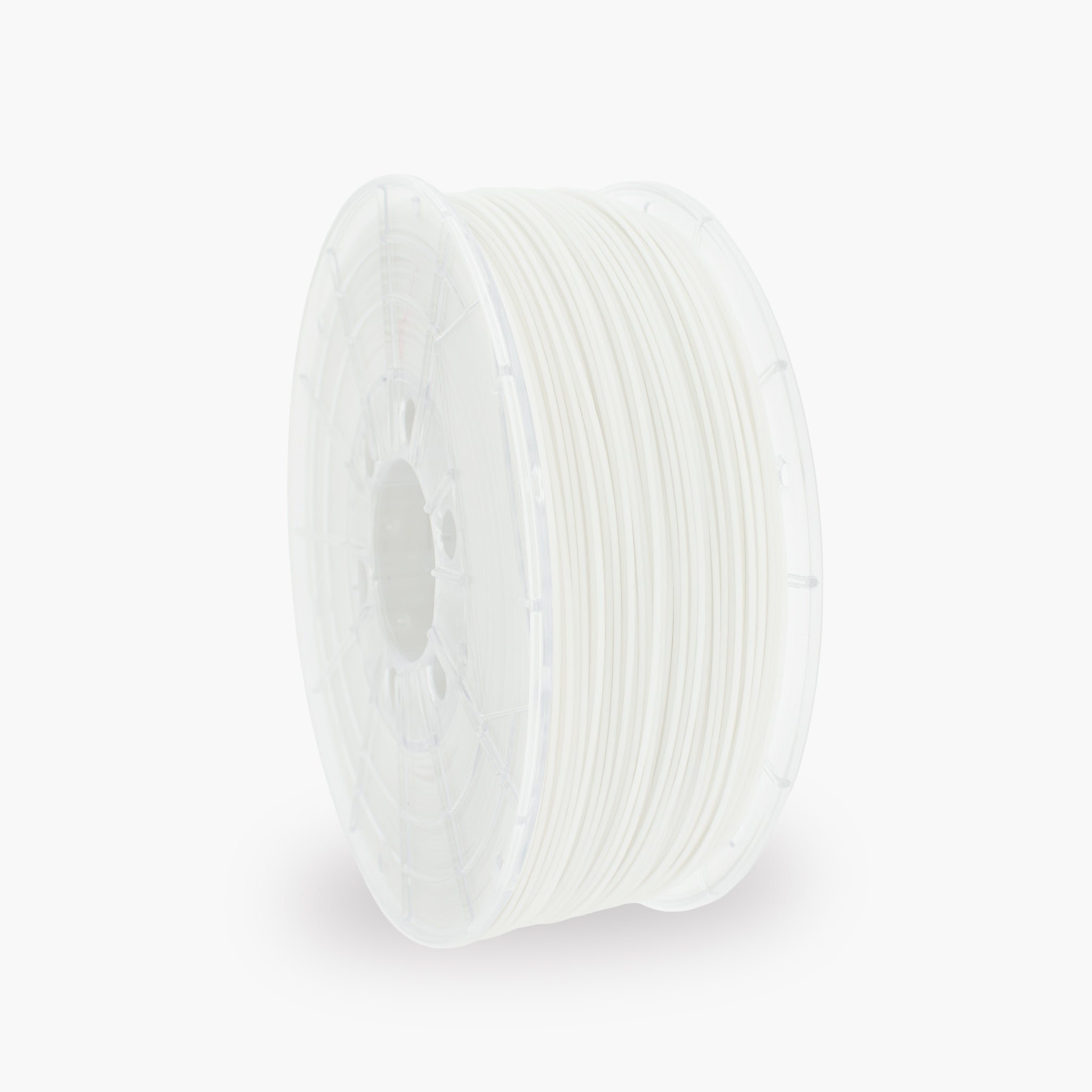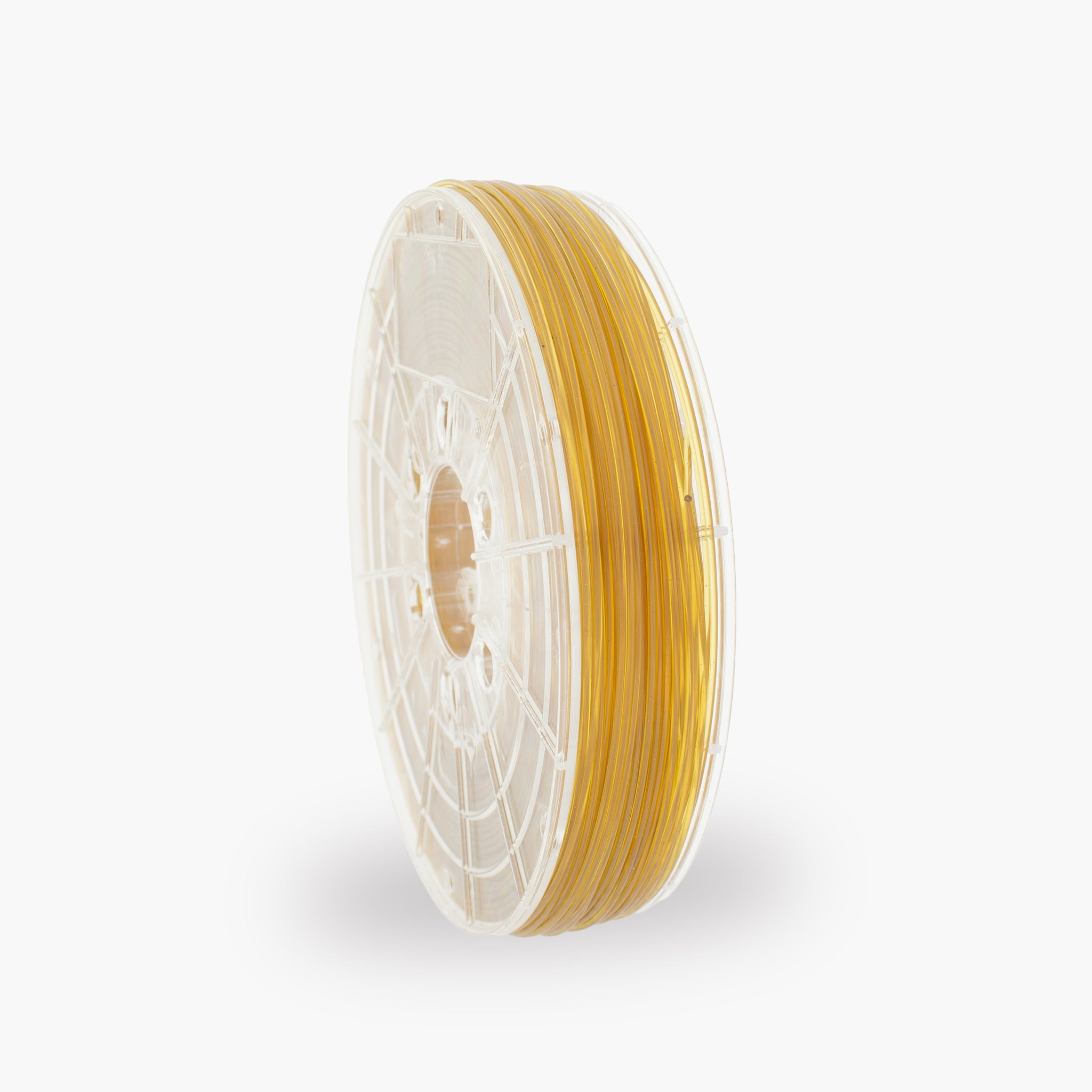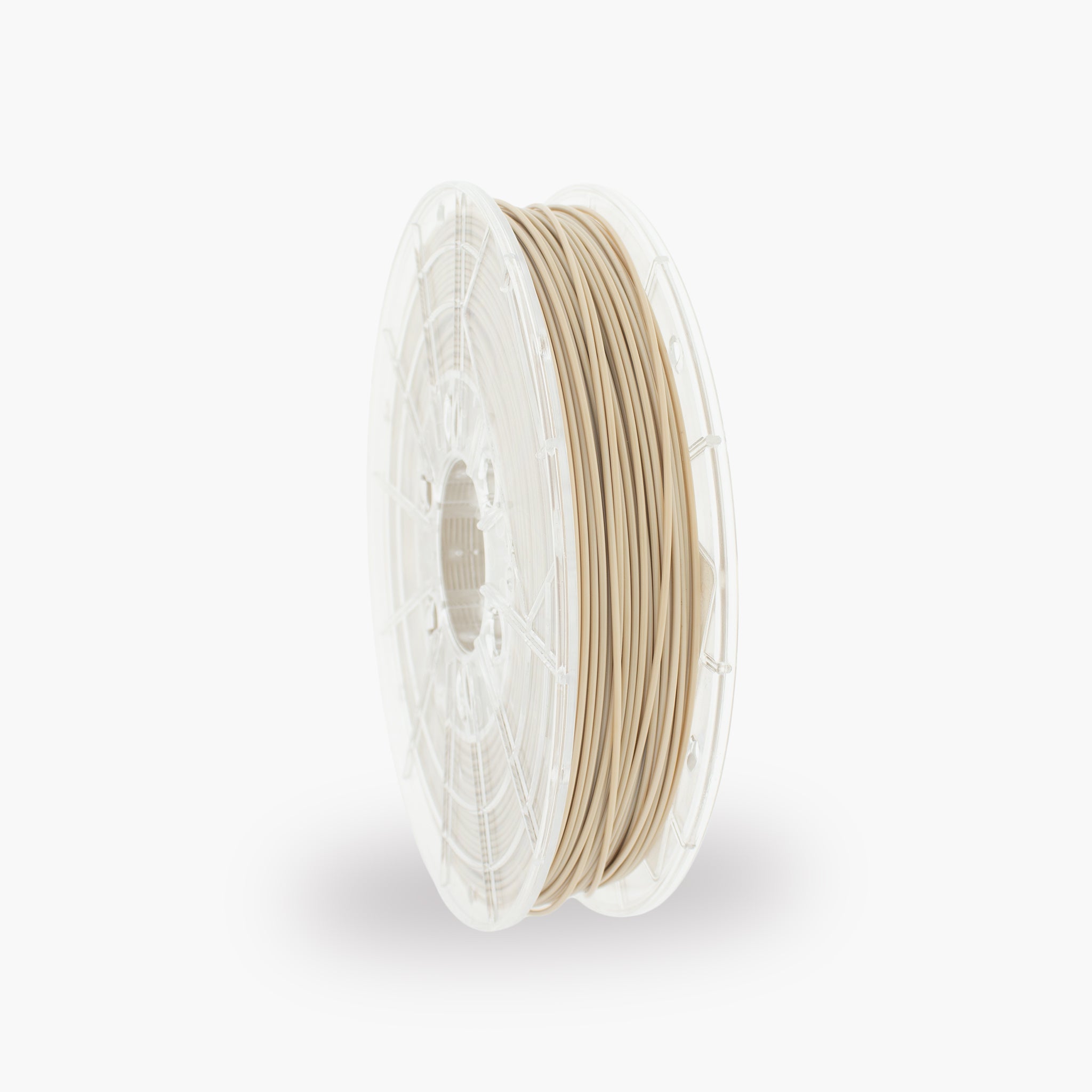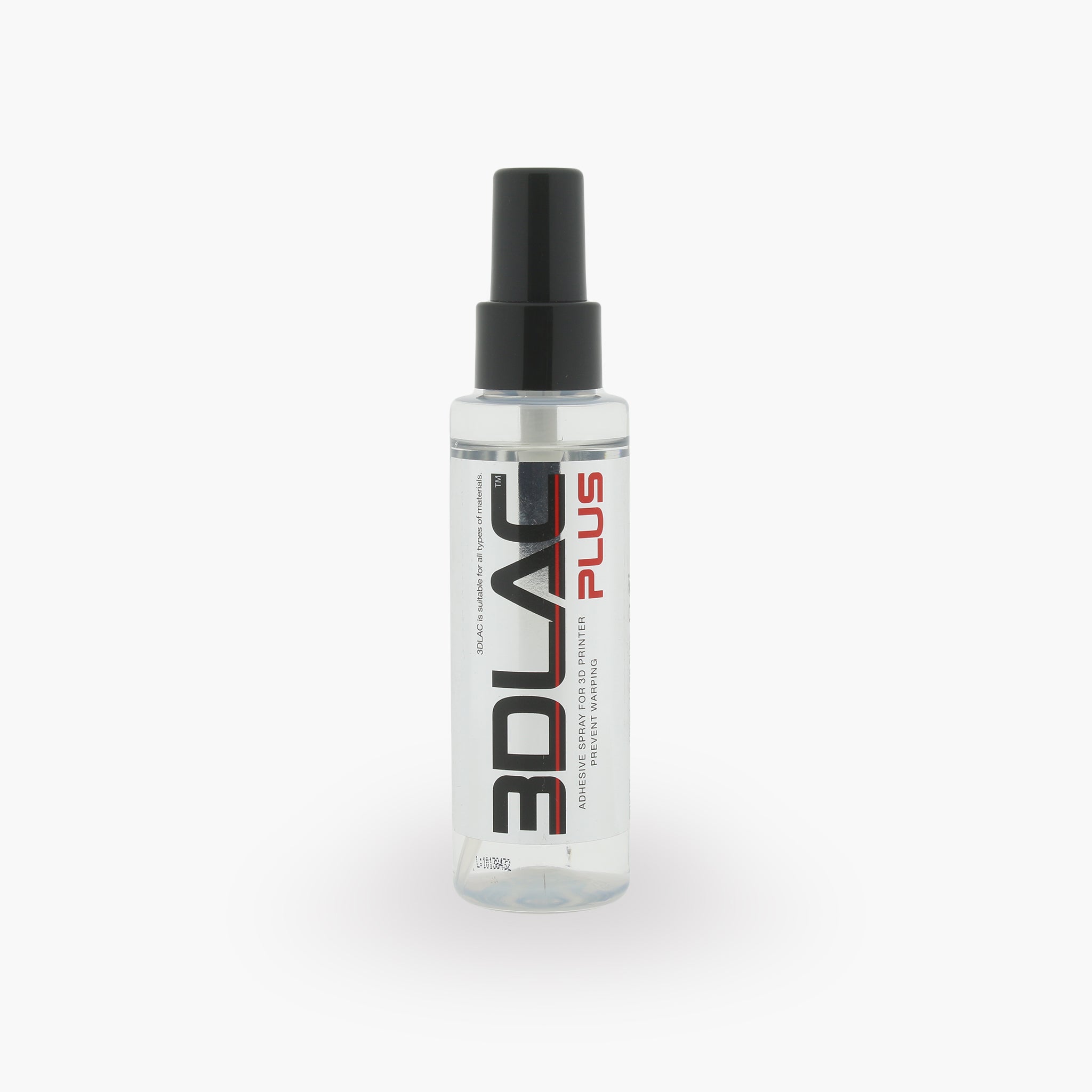Sort by:
ASA filament 3D Printer Filament
ASA filament, known as acrylonitrile styrene acrylate, is a thermoplastic that excels in water resistance, mechanical strength, and UV stability, making it an excellent choice for 3D printing. This polymer is often used in the automotive industry, for making prototypes and for objects intended for outdoor use thanks to its excellent durability and dimensional stability. Printing with ASA results in objects with a matte finish that do not discolour, making the material ideal for a wide range of projects.
How ASA distinguishes itself from other filaments?
ASA filament is especially loved for its superior UV resistance, making it perfect for objects exposed to sunlight for long periods of time. This material is also extremely resistant to weather influences such as cold and moisture, which makes it ideal for outdoor use. ASA guarantees sustainable 3D prints that retain their shape and color.
What are the Benefits of ASA ?
A key advantage of ASA over ABS is the ability to be reheated without loss of quality, making ASA one of the most robust materials for 3D printing. The material offers high mechanical resistance and does not discolour under the influence of sunlight, unlike ABS . ASA 's dimensional stability and chemical resistance make it possible to print high-quality 3D objects that retain their color and shape.
What are the Disadvantages of ASA ?
A point of attention at ASA is that the printing process can release toxic fumes. Good ventilation is essential to avoid health risks. Compared to other filaments, ASA is more expensive and has a larger ecological footprint than PLA , for example, but does offer better sustainability. The high melting temperature of ASA requires a significantly higher extruder temperature, which increases energy consumption and environmental impact.
What are the Print Settings for ASA ?
Optimal printing results with ASA are achieved by setting the nozzle temperature between 240 and 260 degrees Celsius, with a print speed of 20 to 30 mm per second. The print bed must be heated to 90 to 110 degrees Celsius. Important additional settings include:
- A print bed temperature of 100 degrees Celsius for optimal first layer adhesion.
- A level print bed.
- Turn off the fan to avoid drafts, which can lead to cracks.
- Matching the print temperature to the manufacturer's specifications.
- A closed enclosure is recommended to ensure temperature stability.
What are Tips for Printing with ASA ?
To print successfully with ASA , it is important to avoid drafts and print in a closed space or enclosure. Using adhesive spray or Kapton tape can help the first layer adhere better. A low setting of the cooling fan helps prevent sudden temperature changes, which improves the quality of the print. For complex prints, HiPS can be used as a supporting material.

